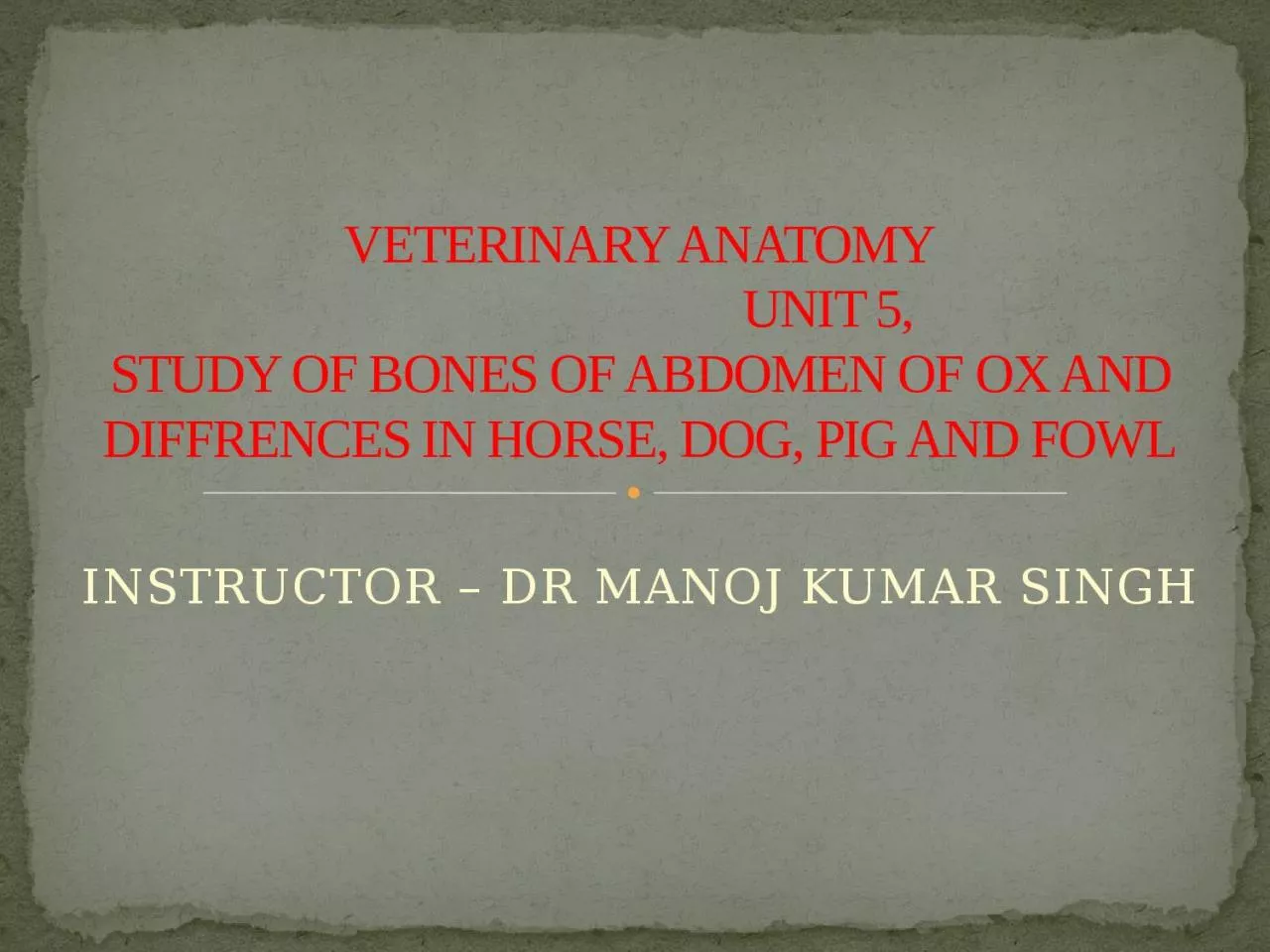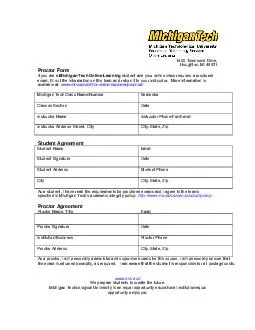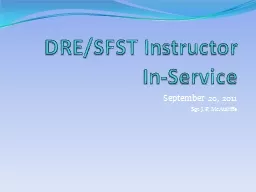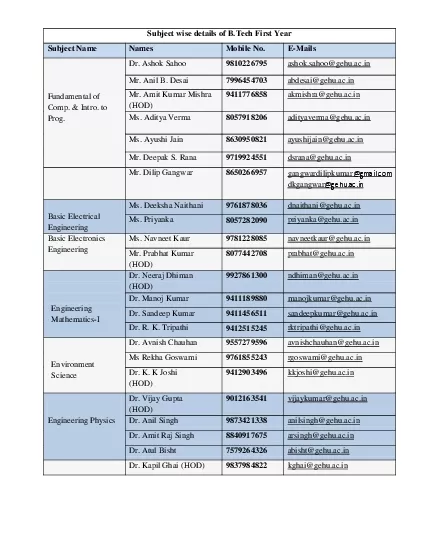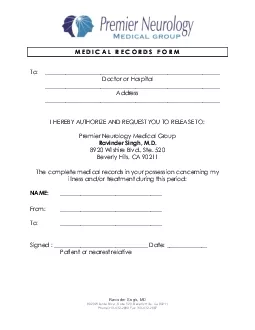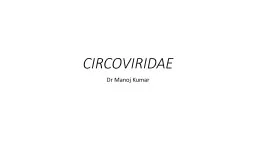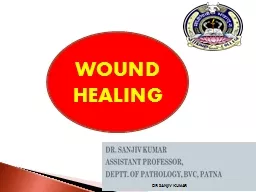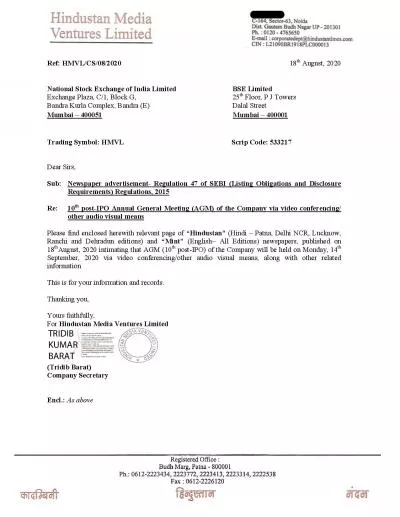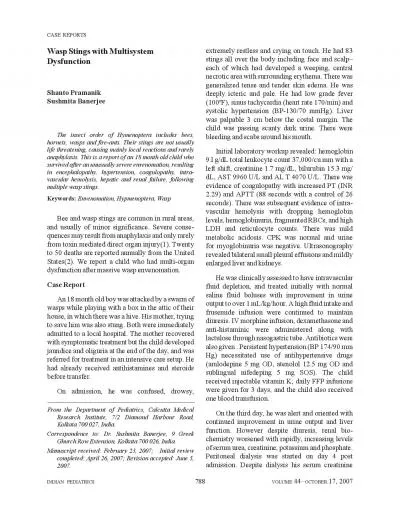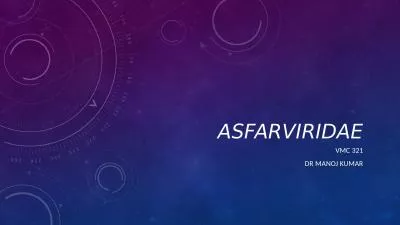PPT-INSTRUCTOR – DR MANOJ KUMAR SINGH
Author : AngelFace | Published Date : 2022-07-28
VETERINARY ANATOMY UNIT 5 STUDY OF BONES OF ABDOMEN OF OX AND DIFFRENCES IN HORSE DOG PIG AND FOWL ox The lumbar vertebrae are six in number and are characterized
Presentation Embed Code
Download Presentation
Download Presentation The PPT/PDF document "INSTRUCTOR – DR MANOJ KUMAR SINGH" is the property of its rightful owner. Permission is granted to download and print the materials on this website for personal, non-commercial use only, and to display it on your personal computer provided you do not modify the materials and that you retain all copyright notices contained in the materials. By downloading content from our website, you accept the terms of this agreement.
INSTRUCTOR – DR MANOJ KUMAR SINGH: Transcript
Download Rules Of Document
"INSTRUCTOR – DR MANOJ KUMAR SINGH"The content belongs to its owner. You may download and print it for personal use, without modification, and keep all copyright notices. By downloading, you agree to these terms.
Related Documents

